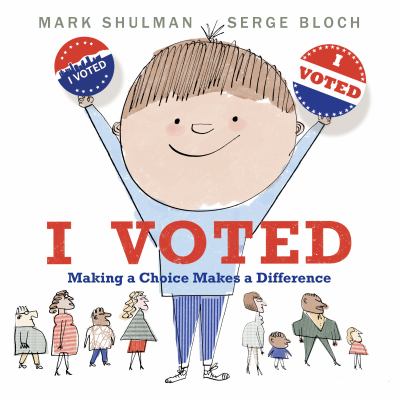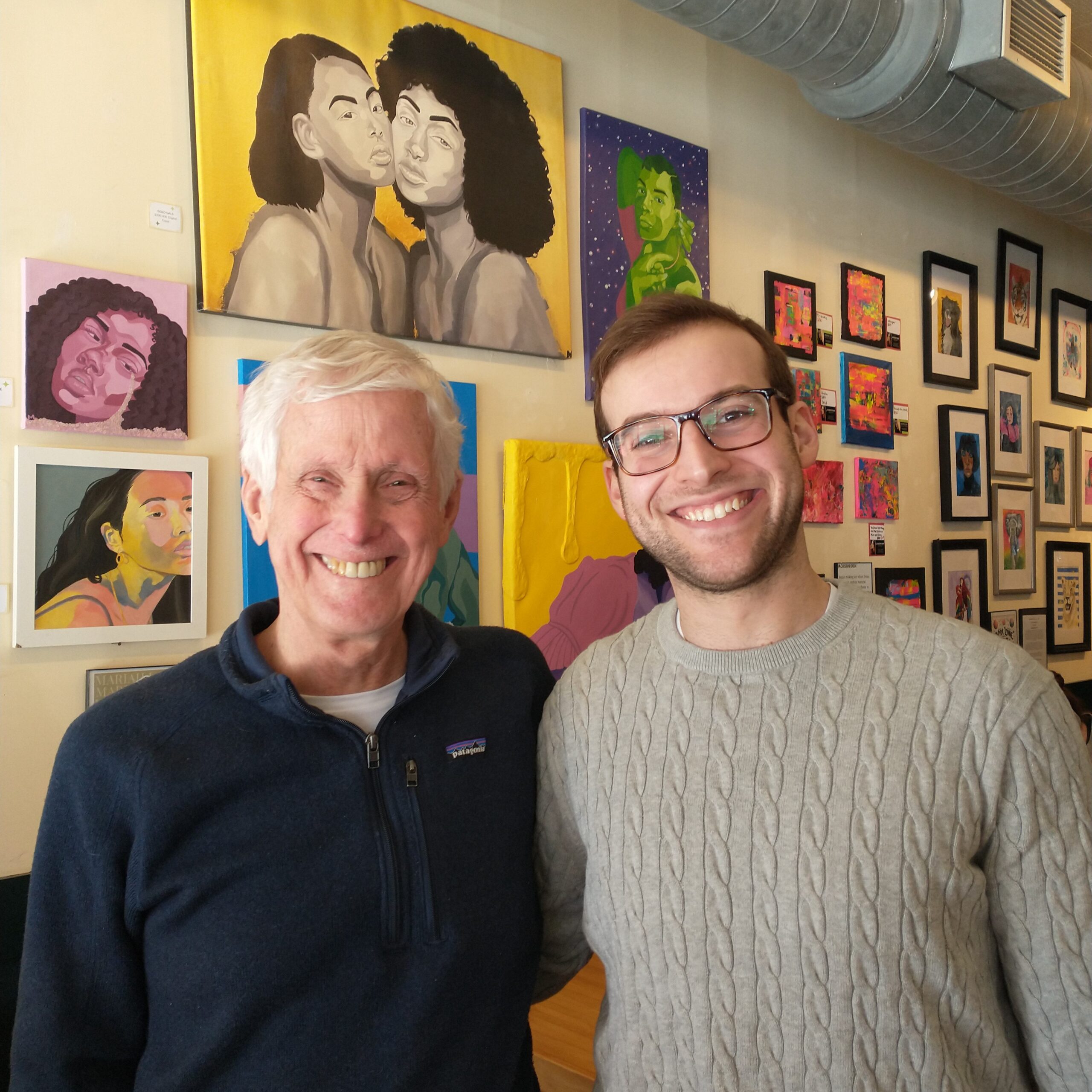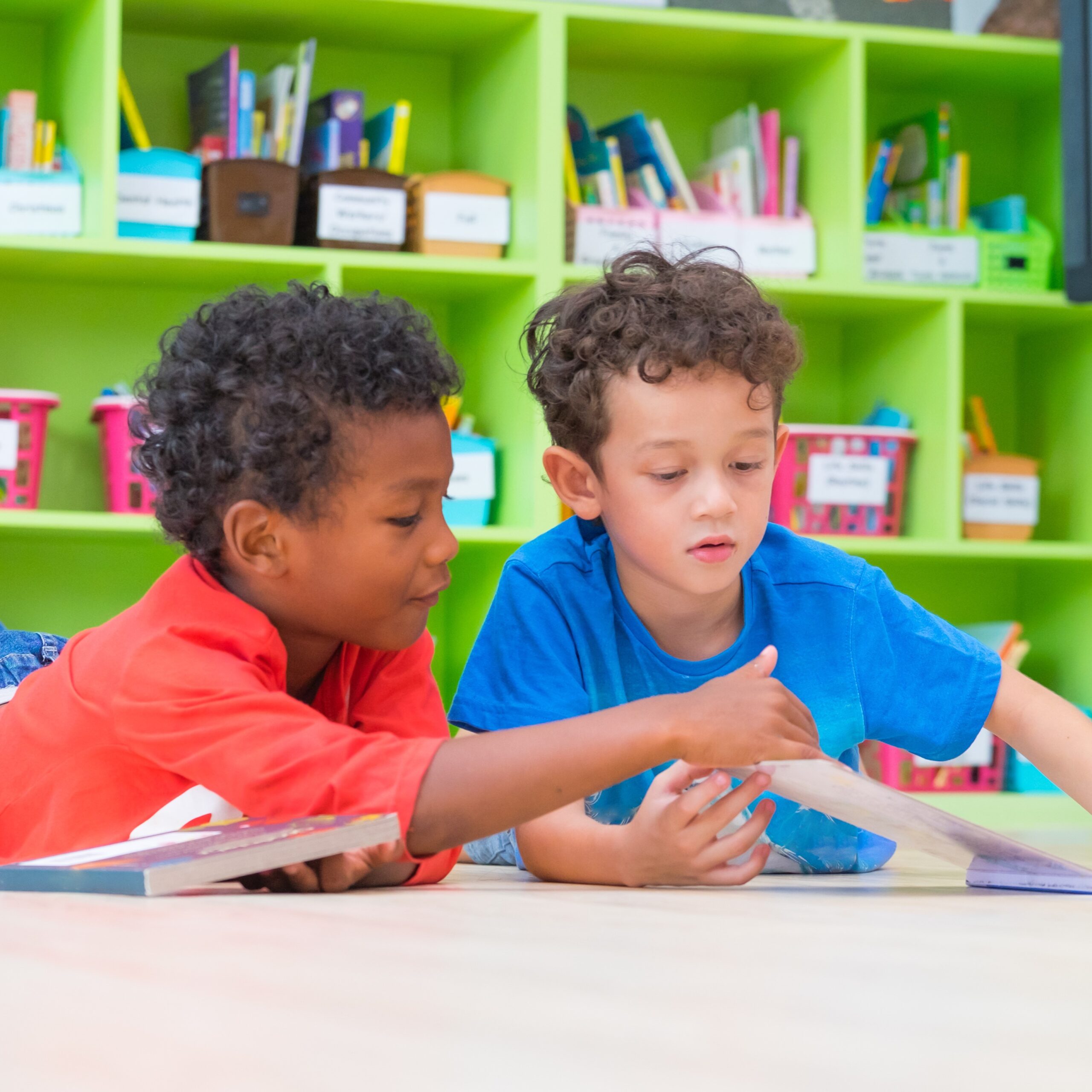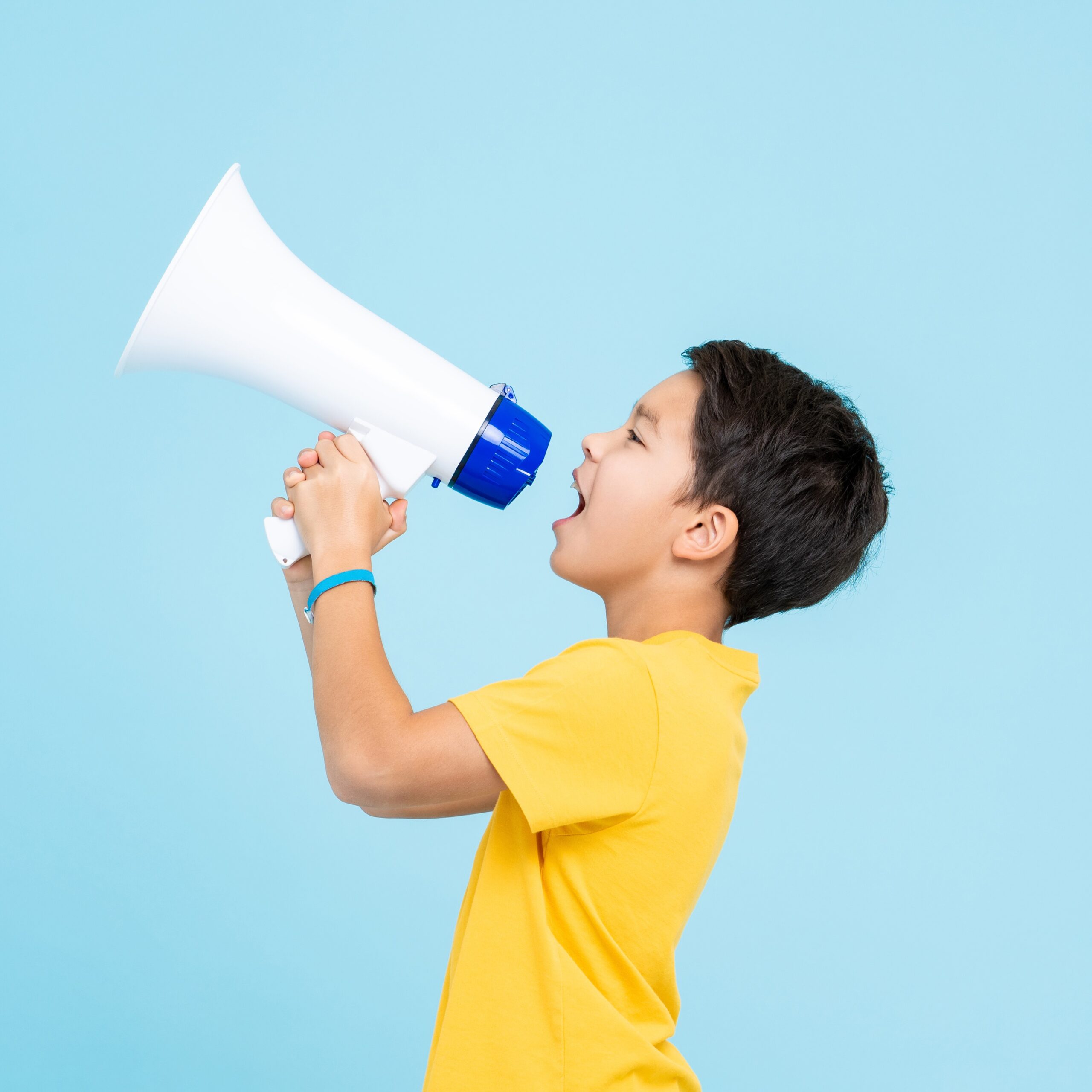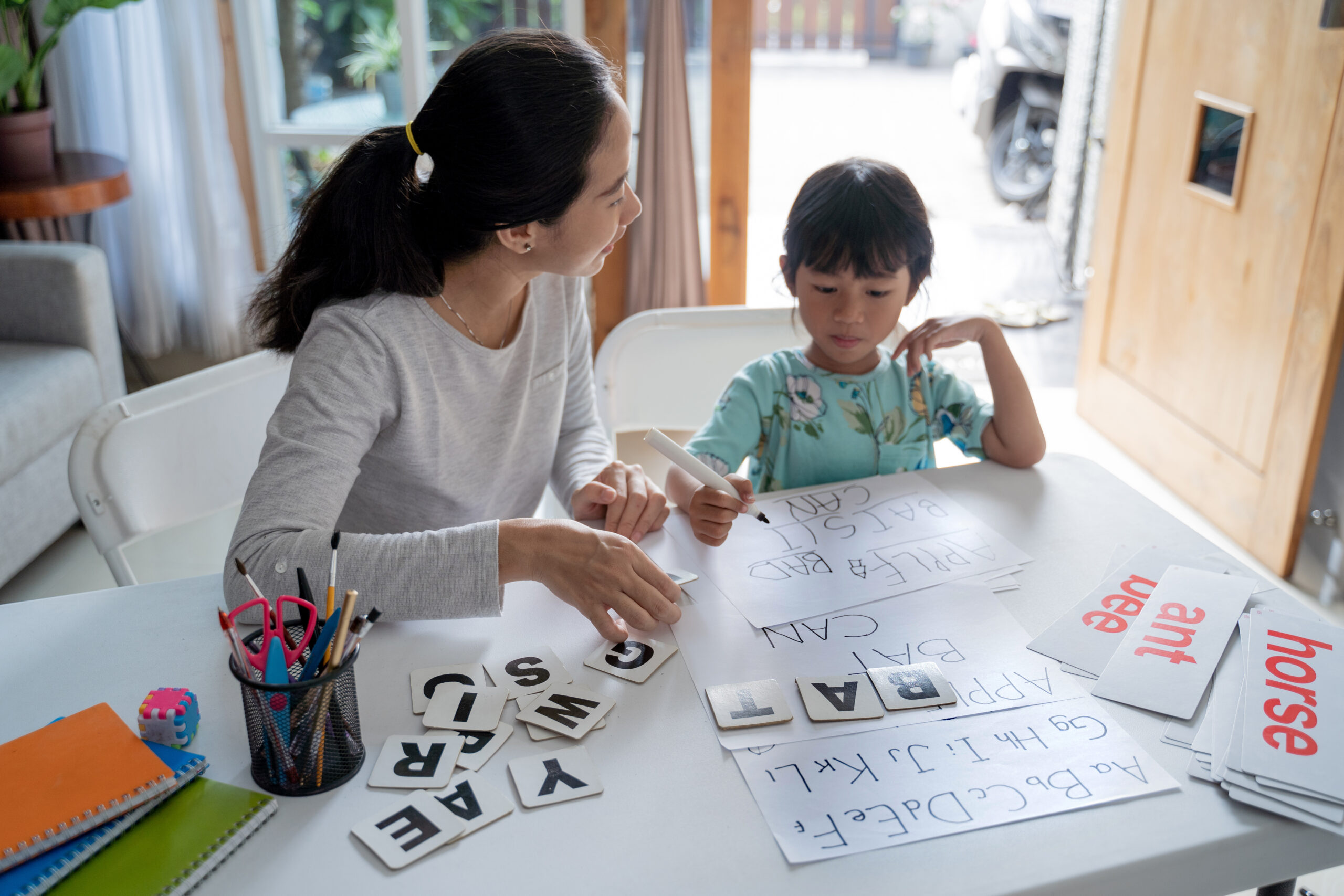By Voices and Choices for Children Coalition
“This is the time for us to not just dream about what could be, but also start to build alternatives that we want to see.” – Alicia Garza, one of the founders of Black Lives Matter.

Communities of color, American Indian communities and communities in different parts of Minnesota are unique, beautiful, and knowledgeable. Our state is ranked in fourth place overall according to the Annie E. Casey Foundation’s 2019 Kids Count data which looks at economic well-being, education, health and other factors that affect children. Overall our children are doing well, however if we disaggregate this by race, ethnicity, and location, we see a different story. For example, Minnesota ranks about third in the nation for overall high school graduation rate but we rank dead last in graduation of black students from high school.
For decades, organizations who are from and serve communities of color and American Indian nations have been underfunded. This has made it a challenge for them to be able to work on the issues they think are important. Which means our state is often void of the implementation of creative and cultural solutions that could positively impact our communities.
Our state must increase support for the healthy development of children of color and American Indian children from prenatal to 3rd grade. Minnesota’s demographics have changed dramatically over the years and will continue to change in the future as the populations of color increase. Geographic disparities and challenges have also limited community focused solutions in greater Minnesota, particularly for people of color and American Indians outside of the Twin Cities metro.
“The people closest to the problem are closest to the solution, but are usually furthest from the resources.” – Unknown
The idea for the Community Solutions Fund came from conversations held across the state of Minnesota. Time and time again, folks said they had the ideas and expertise to tackle the issues that they are facing, but they lacked the resources to make their ideas a reality. In the 2016 report, “Recommendations for the Wellbeing of Families of Color and American Indian Families in Minnesota”, Voices and Choices for Children Coalition highlighted the Community Solutions Fund as one of its recommendations.
Community Solutions Fund represents more than money; it is also a recognition that communities of color, American Indian communities, and geographically dispersed communities have invaluable knowledge, and must be active and valued participants within the creation of solutions for themselves.
Voices and Choices for Children Coalition worked with legislators in the Minnesota Senate and Minnesota House to draft and introduce the legislation in 2017. Unfortunately there were no hearings on the bill for two years. Coalition members worked on revising the bill language and engaged with more and more stakeholders and community members along the way.
When we would have conversations with legislators and other stakeholders, the criticisms were at times racially- and class-based and on rare occasion condescending or insulting. However, we were able to look critically at each conversation which allowed the language of the bill to get stronger and involved more community members in the process. It also prepared coalition members to speak on and respond to those criticisms as well as incorporate new ideas to improve upon the design of the Community Solutions Fund.
During the 2019 legislative session, the Community Solutions Fund’s name changed to the Community Solutions Grant Program and was also included in the Governor’s Health & Human Services budget proposal. It received its first hearing in the Minnesota House’s Health and Human Services Policy Committee. Finally coalition members got the opportunity to talk about this idea and center community voice and dignity throughout. Voices and Choices co-chair, Dianne Haulcy did an amazing job testifying about the bill. We also had community member and St. Paul Promise Neighborhood parent, Erica Valliant, testify about the hopes and dreams of children and families. Voices and Choices Steering Committee Member and Montessori American Indian Child Care Center substitute Brook LaFLoe testified about her experience with the Montessori and how it started as a community centered solution and response. Chief author, Rep. Mary Kunesh-Podein, was a strong advocate in moving this legislation forward. It was a group effort and it was exhilarating to get a chance to actually be heard and move through the bill process.
After making it through a number of committees, the Community Solutions Grant Program was included in the Health and Human Services Omnibus Bill. There were a lot of conversations during conference committee and the legislature was about to head into a special session. As the dust settled and all the bills were passed, we were excited to see that Community Solutions Grant Program made it through! As we began to analyze the success of the bill it was quickly evident that we were continually supported by people of color and American Indians in powerful positions along the way such as Rep. Kunesh –Podein, our chief author; Rep Rena Moran, chair of Health and Human Services Policy Committee in the House and Lt. Governor Peggy Flanagan who was also one of the co-creators of Voices and Choices for Children.

Rep. Mary Kunesh-Podein (second from the left)
Our coalition took time to express gratitude to those who contributed along the way. One thing that we have learned from the NOW Learning Community is that we also have to celebrate our successes along the way and we did! We had an informal gathering to be in relationship with each other and reflect on the journey of seeing a community idea become a reality.
We are now transitioning to an important time, looking at the implementation of the Community Solutions Grant Program. It is housed in the Minnesota Department of Health, specifically with the Center for Health Equity. The Community Solutions Advisory Council is in the process of being formed. More information can be found on the Minnesota Department of Health’s website.
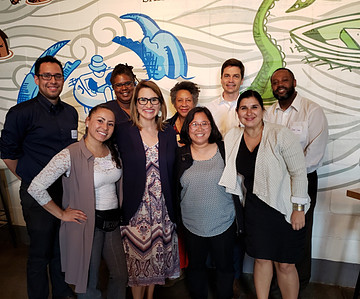
Coalition members continue to reflect and think about what it means to be in this stage. How do we keep the “Community” in Community Solutions Grant Program? What does it mean to let go when we have spent years advocating for the creation of this program? What will it look like moving forward? How can we cast as wide a net as possible across the state so that community is truly reflected? How do we handle timelines and bureaucracy of a system that historically was not created with communities of color and American Indian communities at the center?
Ultimately, we are recognizing this as an opportunity to celebrate the community of Minnesota as choosing to do things differently and invest in the knowledge and expertise of our communities of color and American Indian communities to identify their issues and provide solutions for those issues.
Learn more about the Voices and Choices for Children Coalition at http://www.voicesandchoicesmn.com/about.

